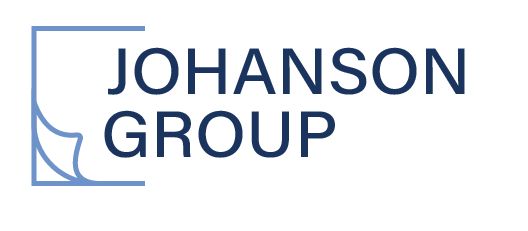The History of SOC 2 Compliance
The past decade has seen the introduction and widespread adoption of cloud-based services, providing new opportunities for businesses to operate more efficiently and deliver better customer experiences.
In addition to these benefits, however, cloud-based services also introduce security risks that must be addressed to maintain trust and confidence in the system.
The focus on data protection and security has led organizations operating under SOC 2 compliance requirements to implement new technologies that help them protect sensitive data while meeting regulatory standards such as HIPAA, PCI-DSS, and GDPR.
Why Was SOC 2 Created?
The making of SOC 2 compliance goes back to the 1970s when the American Institute of Certified Public Accountants (AICPA) released SAS 1, which outlined an independent auditor's role and responsibilities.
As technology and companies began to migrate to working within the quickly evolving digital landscape, information security grew in demand and necessity.
Throughout the early 1990s, CPAs used SAS 70 to determine how adequate a company's internal financial controls were. Over time, SAS 70 became a way for companies to report on how they treated information security in general.
Over the next 20 years, companies began outsourcing payroll processing and cloud computing services, ultimately putting financial reporting or data security at risk without a set of guidelines and requirements. After all, customers and clients hold the power to decide with whom to do business. If they mishandle their personal information and data breaches, they'll lose trust in your company and find services elsewhere. The company or organization would suffer, and so would the customer and client. Companies must validate their security level through a trusted third party—and that's where SOC 2 comes in!
The AICPA created SOC 2 compliance in the early 2000s to help companies protect their customers' data. They wanted to ensure that companies storing customer data were doing so safely and securely. As the Internet grew and became more popular, it became more important for users to know where their data was stored, who had access to it, and how it would be protected from malicious hackers.
In 2002, the Federal Trade Commission (FTC) published a report titled "Protecting Consumer Privacy in an Era of Rapid Change."
In this report, they stated that consumers should have control over their personal information when dealing with companies online. This idea laid the groundwork for today's SOC 2 compliance certification requirements.
SOC 2 for SaaS Companies
The ever-growing popularity of cloud-based services and SaaS companies have influenced SOC 2 compliance standards to become so popular.
While there are several benefits to using a cloud provider, security, data protection, and compliance are among the top reasons businesses choose them.
Cloud providers offer better data protection than traditional on-premises solutions because they have more advanced built-in security features, meaning that you won't have to make any changes to your current systems as long as you use a trusted provider who takes care of these functions for you.
In addition, by choosing a cloud platform designed with SOC 2 compliance standards in mind, it is far easier for companies like yours to meet their stringent requirements while keeping costs down simultaneously!
Service Organization Controls (SOC) 1
The first version of SOC was Service Organization Controls (SOC) 1, developed by the AICPA and the ISACA. It was released in 1990 and provided a baseline of controls that any service organization could use.
READ MORE: SOC 2 Controls: What they are and how they help you stay compliant
Is SOC 2 legally required?
SOC 2 isn’t legally required, however, B2B SaaS companies and cloud service providers recognize it as the most widely used and recognized security standard. Many software vendors require SOC 2 certification in order to work with them as well.
It's become a de facto standard due to its popularity among vendors and customers.
It's also the only security standard adopted by the Cloud Security Alliance (CSA), an independent organization whose mission is to help businesses use cloud computing and mobile technologies securely so they can focus on their core competencies instead of IT infrastructure.
SOC 2 does not legally require you to follow any particular procedures or practices; however, if you choose to do so, your customers will be able to trust you more because it gives them confidence that their data is secure in your hands.
Data protection and security practices are extremely important
Security is becoming increasingly critical as the world becomes more interconnected and complex. Thus, SOC 2 compliance is one way of ensuring that your company has adequate systems and controls to protect its customers' data.
Although there are several variations of this certification, they all aim towards a common goal: assuring that an organization meets specific industry standards for protecting sensitive data.






